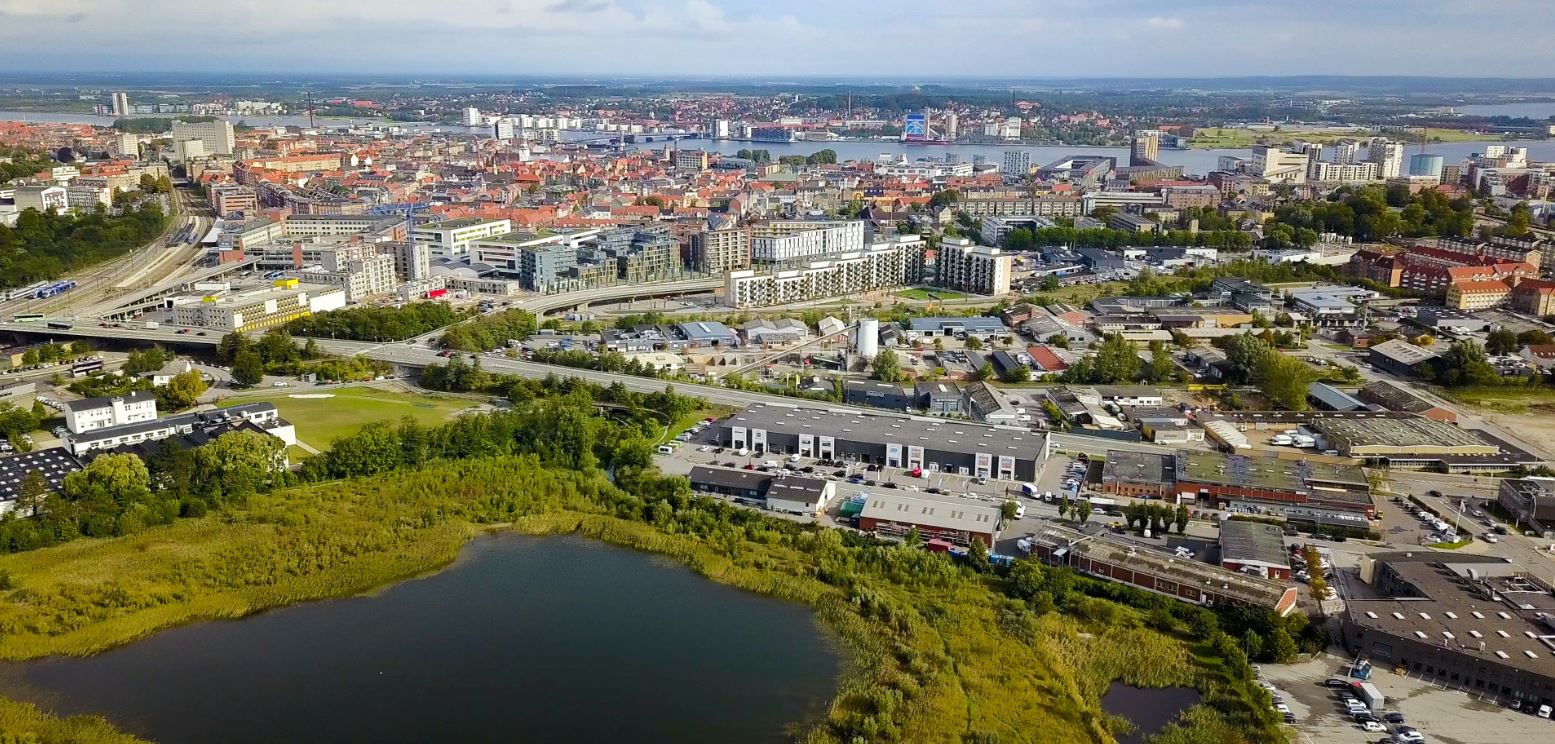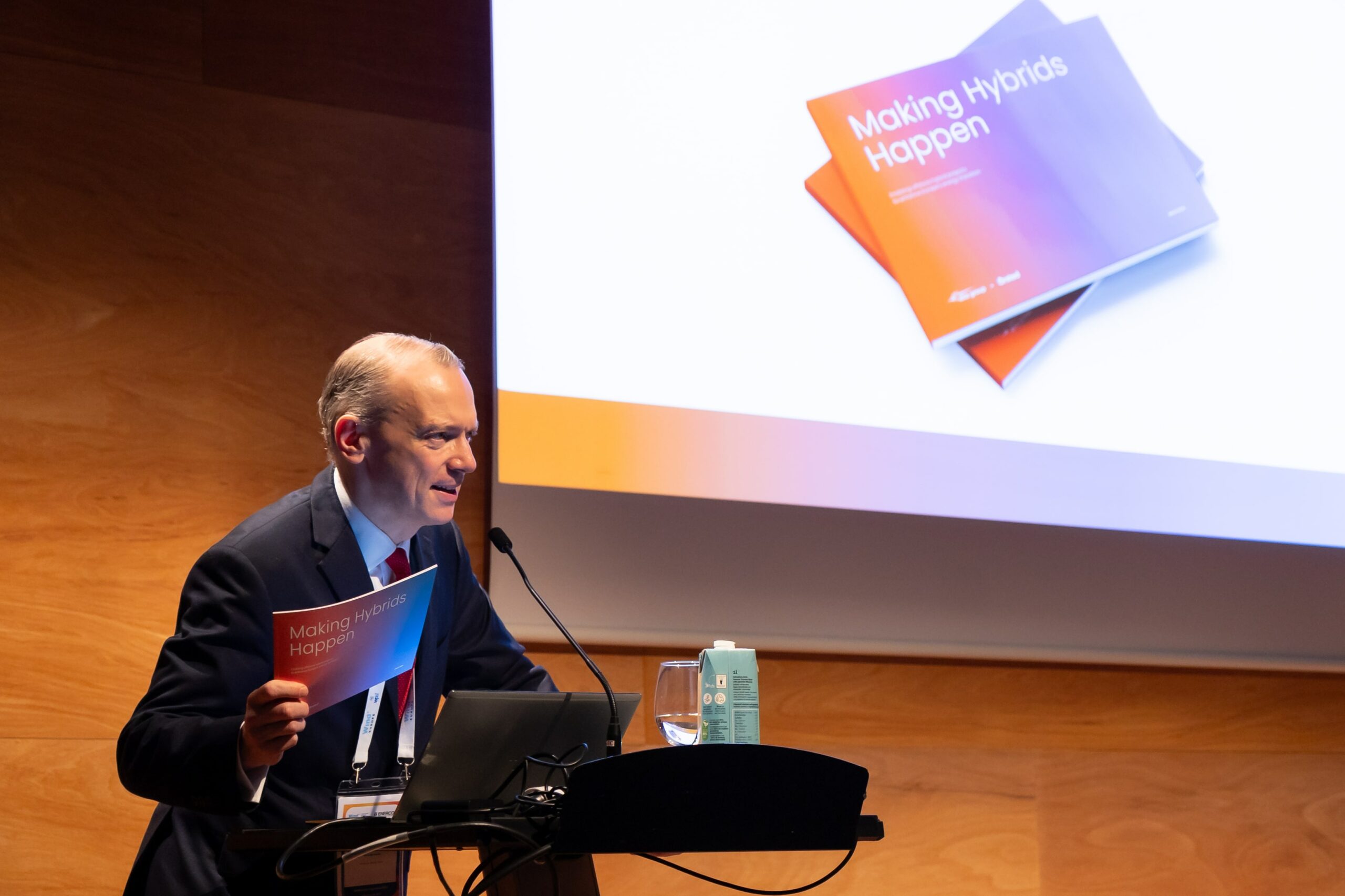News
District energy
Smart energy systems
Danish green ‘Silicon Valley’ will test and develop the green solutions of the future


The Danish city Aalborg in the northern part of the Jutland peninsula has historically been an industrial centre for Denmark. Throughout the 20th century, black smoke was emitting from the city’s industrial plants. However, that is a scenery of the past. This is evident, for instance, as Denmark’s only cement producer Aalborg Portland is investing to reduce CO2 emissions and is part of the Danish climate partnerships.
However, the future looks greener than ever for the northern city with the launch of an ambitious project uniting businesses, authorities, consumers and 400 university scholars specialised in energy research. The project named “Green Hub Denmark” will be a large-scale test area and incubator for tomorrow's green solutions and aims to be the green transition’s counterpart to Silicon Valley. Part of the project will be to establish zones, where private companies can set up test facilities to research and develop new supply technology.
Meanwhile, at the Port of Aalborg, investments will, among other things, go towards developing a sustainable industrial park with a focus on industrial symbiosis, sustainable heat, electricity and cooling as well as circular production, where waste is handled for recycling or recycling.
Private and public sectors join forces
The scope of partners in Green Hub Denmark is part of the reason why the ambitious plans will most likely bear fruit. The hub consists of the City of Aalborg, Aalborg Forsyning (Aalborg Utility), Port of Aalborg, Confederation of Danish Industry (DI) and Aalborg University and many others.
“The green transition is in motion both in Denmark and internationally. Although Denmark is good at exporting sustainable products and solutions, we must become even better and even more innovative over the coming years. Competition is fierce, and close cooperation between the public and private sectors is needed if we are to succeed in both transforming our energy sector and consolidating ourselves as a world leader in intelligent, sustainable solutions,” said Lars-Peter Søbye, chairman at the Confederation of Danish Industry in a press release.
About EUR 670 million will be invested in the project until 2030. The payoff is expected to be improved sustainable solutions and better implementation of the solutions. Meanwhile, Green Hub Denmark is expected to create 5,000 new jobs within 10 years. These jobs add to the Confederation of Danish Industry’s estimate that about 30,000 new jobs can be created by focusing on the green transition over the next few years.
Part of a green recovery after COVID-19
The job creation will be particularly important in the aftermath of the COVID-19 pandemic. Green Hub Denmark is part of a recovery from the COVID-19 economic crisis and will speed up the business development that can get the Danish economy back on track after the corona crisis.
“An extraordinary situation requires extraordinary solutions. The world is facing a massive rebuilding after the COVID-19 crisis. The world will never be the same. However, it can get better, because we have an opportunity to rebuild society with innovative green solutions in mind. The job creation and the growth of society needs to be strengthened both for Denmark's sake and for the global fight against climate change. Aalborg and Northern Jutland are now taking an important step in this direction,” said the Mayor of Aalborg, Thomas Kastrup-Larsen in a press release.
Photo by Rahbek Media on Unsplash















